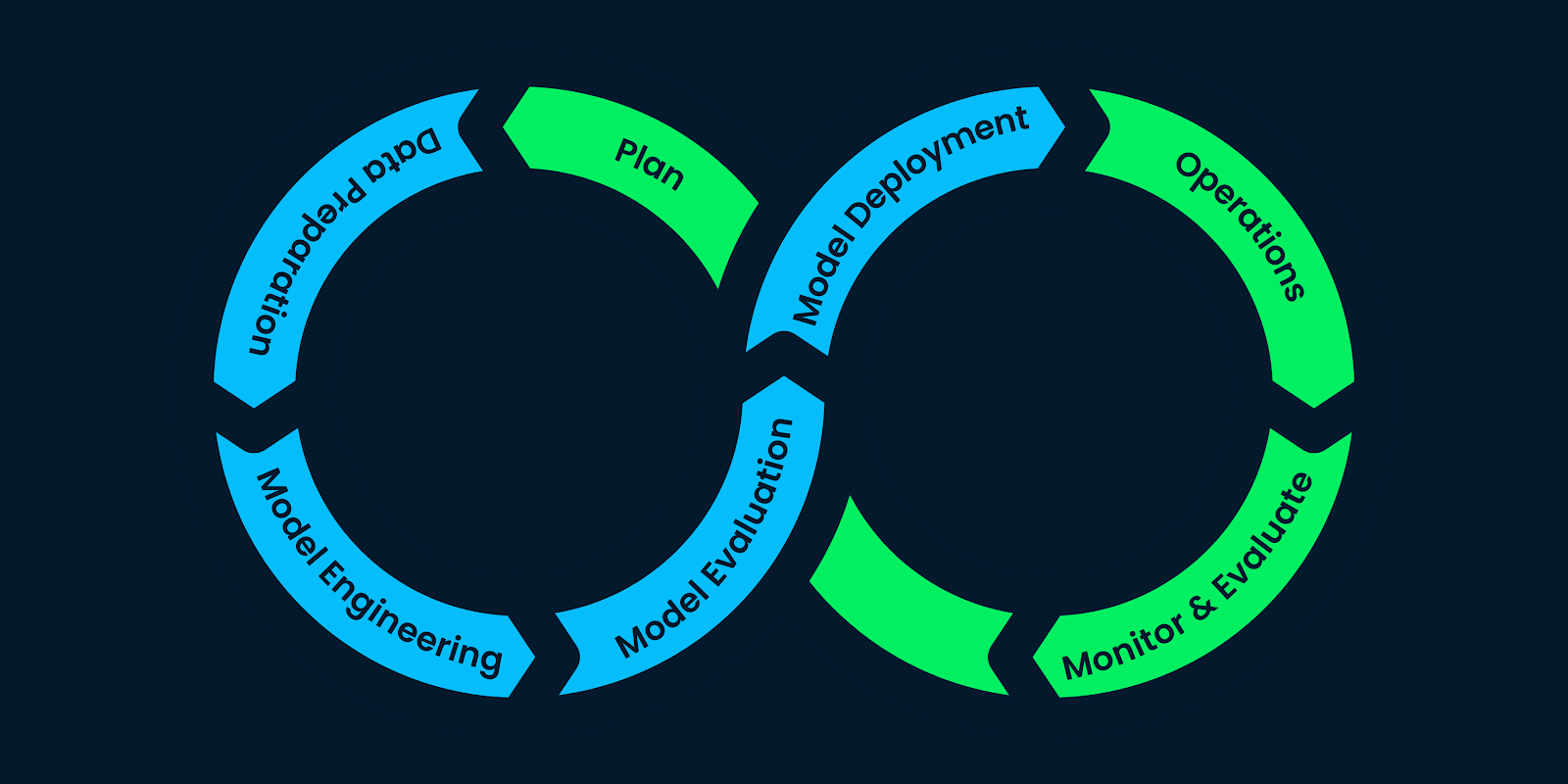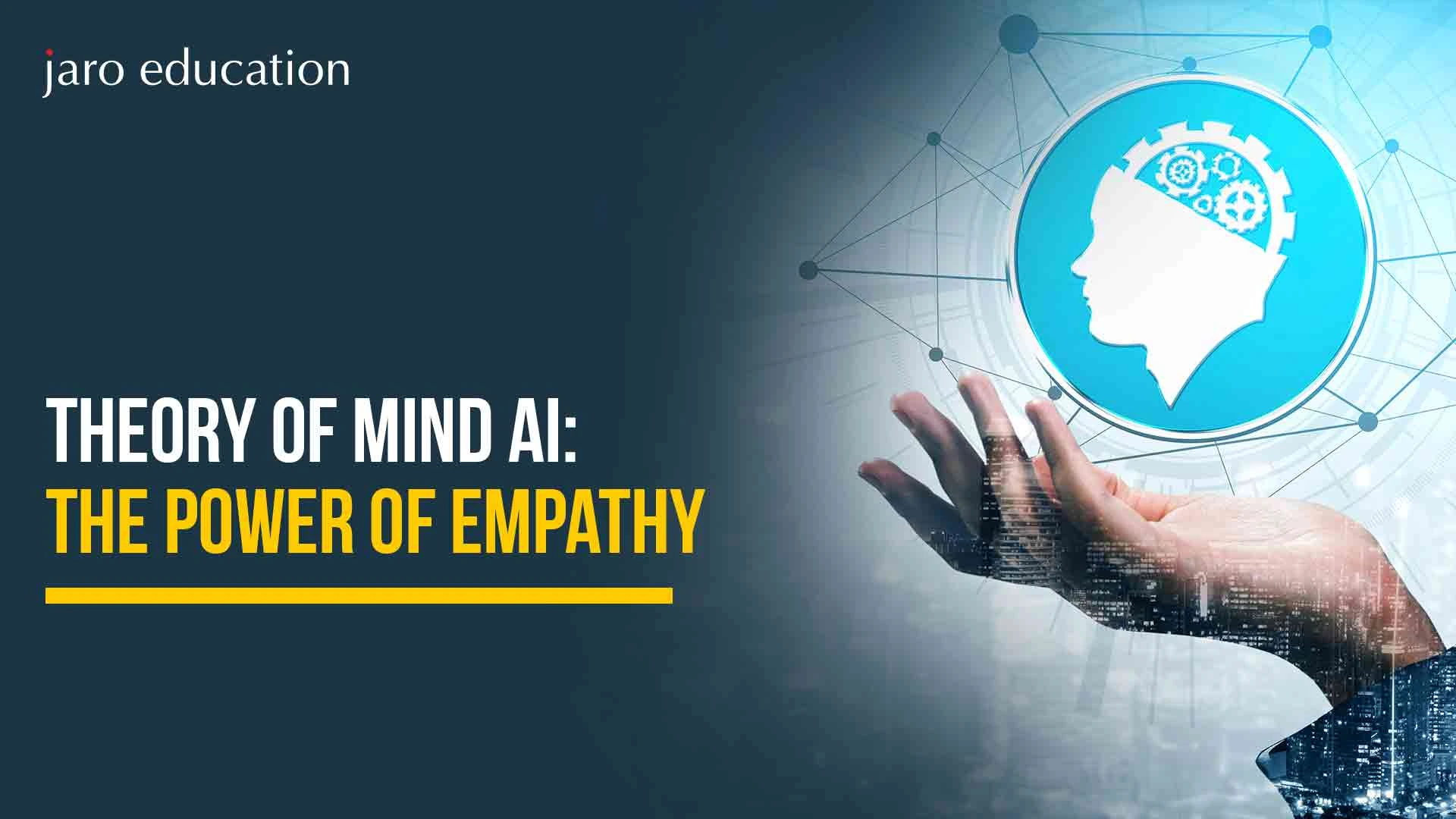AIML Demystified: Everything You Need To Know About AI Markup Language
Table of Contents

- jaro education
- 9, August 2024
- 5:30 pm
Introduction
Artificial Intelligence Markup Language is one of the Centrals of artificial intelligence. It is used to provide a backbone for developing intelligent systems that possess conversation comprehension and generation capabilities. While the multiplicity of AI and ML technologies goes on and on, AIML has remained in quite an essential place among all those tools at the developers’ and researchers’ disposal.
Basic Concepts of Artificial Intelligence Markup Language
Artificial Intelligence Markup Language, or AIML, is an XML dialect for the differentiation of natural language software agents. Characteristically called chatbots or conversational agents, such agents could hold conversations that might seem a little human-like. AIML was originally developed by Richard Wallace for the A.L.I.C.E. chatbot, which, on several occasions, won the Loebner Prize for its very human-like conversational abilities.

*Data Camp
Key Components of AIML
Artificial Intelligence Markup Language has various elements that define how a chatbot should respond to user inputs. Some of the critical components include:
- Categories: This is the basic constituent unit in Artificial Intelligence Markup Language. Every category includes a pattern, a template, and optional context.
- Patterns: These define the input that will be recognized by the chatbot. Patterns may include wildcards to allow more flexible matching of input.
- Templates: These are what the chatbot shall respond to or do when its pattern is matched.
- Topics: These are used to group related categories together, giving a way for conversations to be more organized and context-aware.
How AIML Facilitates Learning of AI and ML
Artificial Intelligence Markup Language’s simplicity and flexibility make it a perfect tool for learning AI and ML. This is how:
- Ease of use: AIML’s simple XML structure makes it easy to use for a first-timer as well as an expert developer. The ease of use gives a motivation to experiment and learn.
- Modularity: AIML may be developed into modules that are then re-usable inside the language, thus allowing intricate conversational systems to be built piece by piece by a developer.
- Scalability: Artificial Intelligence Markup Language can deal with extremely simple to very highly complex conversation structures; hence, it is perfectly suited for a very wide range of applications, such as customer service bots and educational tutors.
- Community and Resources: Due to its wide adoption and long history, the Artificial Intelligence Markup Language has a huge number of resources, forums, and libraries available to learn from and develop.
Some Practical Applications of AIML
AIML finds applicative usage in almost all industries for developing intelligent and interactive systems. A few noteworthy examples include:
- Customer Service: Chatbots powered by Artificial Intelligence Markup Language could be used to attend to customer queries. A chatbot in such scenarios ensures quick and accurate responses.
- Education: Educational platforms use Artificial Intelligence Markup Language-based tutors to help students learn new subjects by guiding and providing feedback in the course of learning.
- Healthcare: Chatbots powered by Artificial Intelligence Markup Language assist patients in many ways, such as giving them information, helping with appointment setting, and even providing tentative diagnoses based on symptoms described by patients.
- E-commerce: Businesses use AI machine learning chatbots to engage with customers, suggest products, and guide transactions.
Benefits of Using AIML
AIML has several benefits for developers and businesses:
- Cost-Effective: The development of chatbots with Artificial Intelligence Markup Language will be more pocket-friendly compared to other technologies because it is open-source and easy to use.
- Flexibility: Artificial Intelligence Markup Language confers flexibility on the developers to come up with tailor-made solutions for specific needs.
- Scalability: Since AIML systems scale up to answer an increased number of user interactions, they are suitable for use in businesses irrespective of size.
- Improved User Experience: AIML-driven chatbots offer a more natural and engaging experience for users, thus these systems improve customer satisfaction and retention rates.
Case Studies in the Real World
We shall look into real-world examples of AIML’s effect on businesses and organizations to explore this in greater detail.
Case Study 1: AIML Chatbots for Much-Improved Customer Support
One of the largest e-commerce companies in the world implemented Artificial Intelligence Markup Language chatbots to manage all customer support queries. Embedding Artificial Intelligence Markup Language into their current systems cut down response times and improved customer satisfaction. This chatbot started handling all the basic inquiries, leaving human agents to handle only complex issues. As a result, the company increased customer scores on satisfaction by 30 per cent and reduced operational costs by 20 per cent
Case Study 2: Educational Platforms
An online education platform implemented Artificial Intelligence Markup Language-based digital tutors to help students with course-related problems. These mentors not only provided customized feedback to the students in their coursework but also helped them solve problems on the spot. It has been noticed that the educational portal has substantially improved engagement and student results, attaining a 25% lift in course completion rates.
Case Study 3: Smoothening Health Services
One of the uses has been in AIML chatbots implemented by a healthcare provider to realize an electronic appointment scheduling system that supports initial diagnoses based on the inputs from the patient. The chatbot engaged the patient with a series of questions about their symptoms and gave them advice with relevant information. This reduced the workload on health professionals while improving access to information and services by patients.
Challenges and Limitations of AIML
While AIML has several advantages, there are some challenges and/or limitations of it that every developer and business must consider:
- Handling Context Complexity: Knowing the context in a long or complicated conversation becomes very tough for Artificial Intelligence Markup Language. While handling simple, easy interactions with their customers/ users is great, more complex conversation logic is, quite frankly, hard to implement.
- Limited by Predefined Patterns: Artificial Intelligence Markup Language is limited to the predefined patterns to which it attempts to match the user’s input, making it miss more subtle or unexpected inputs.
- Scalability Issues: While it is capable of scaling to be able to deal with higher interactions, it does get quite resource-intensive to maintain the performance and accuracy if the base of categories and patterns is increasing.
- Integration Challenges: Integration of Artificial Intelligence Markup Language with other AI technologies or existing systems is another area that may require extensive customization and technical expertise.
Future of AIML in AI and ML
The future for AIML looks bright as it will evolve hand-in-hand with the advancements in AI and ML. Here are some trends one must look out for:
- Integration With Advanced AI Models: This can be combined with advanced AI models like the GPT-4 to enhance conversational capabilities and make it more natural and context-aware.
- Greater Adoption Across Industries: Gains in AI are obvious to increasingly more firms; thus, the adoption of Artificial Intelligence Markup Language can be foreseen across sectors like financial, retail, and healthcare.
- Improved Learning/Development Tools: Further development of tools and frameworks that make it easier to learn Artificial Intelligence Markup Language and make Fluentz easier to experiment with.

Getting Started with AIML
First and foremost, to get started with Artificial Intelligence Markup Language, one has to know its syntax and the general structure; one also has to describe the existing tools and resources. The steps below will help you kick off your journey with Artificial Intelligence Markup Language:
- Learn the Basics: Learn what constitutes the basic components—categories, patterns, and templates—in AIML. Online tutorials can be useful in learning these very basics.
- Set Up Your Development Environment: Choose a development environment that is compatible with AIML. Some of the most commonly used ones are Program О and the Artificial Intelligence Markup Language interpreter for Python. As you would set up the environment, the second step next would be the creation and testing of an Artificial Intelligence Markup Language file.
- Create Simple Chatbots: Begin by designing simple chatbots that would be able to communicate on a normal level. This will get you practical experience in writing Artificial Intelligence Markup Language and see how it internally processes those inputs to come up with responses.
- Under the hood, do more than just the basics: Once you feel comfortable with the basics—move on to explore more advanced features of AIML, such as wildcards in patterns and how to group categories into topics. This will give you skills to build more developed chatbots, sensitive to context.
- Join AIML Community: Be a part of the AIML community; tell them about your experience and ask fordocs, and learn from them. Deepen your expertise with online forums, discussion groups, and open-source projects.
Conclusion
Artificial Intelligence Markup Language is a powerful way to develop intelligent, interactive conversational agents right in AI. Simplicity, flexibility, and a wide area of applications make this language useful in artificial intelligence for developing companies and businesses. With the continuous revolutionizing ability of AI and ML, AIML is going to get an ever-increasing place in future development.
Understanding and harnessing AIML is, therefore, a vital step toward more in-depth research in AI and ML. Be it a seasoned professional or a fresher, AIML provides a robust framework to create dynamic and engaging conversational agents that will be game changers in terms of user experience and success in business.












